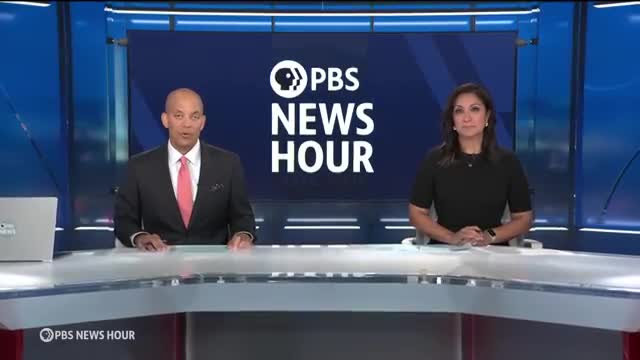Supreme Court issues landmark rulings reshaping legal landscape

This article was created by AI summarizing key points discussed. AI makes mistakes, so for full details and context, please refer to the video of the full meeting. Please report any errors so we can fix them. Report an error »

In a significant day for the U.S. Supreme Court, justices issued three pivotal rulings that could reshape legal precedents and impact various societal issues. The decisions included upholding a law criminalizing public camping for unhoused individuals, narrowing the prosecution scope for January 6th rioters, and overturning the Chevron deference doctrine, which has long guided federal regulatory authority.
The court's ruling on homelessness laws upheld an ordinance from a small Oregon city that criminalizes behaviors associated with being unhoused, such as sleeping in public parks. The conservative majority argued that the law punishes conduct rather than status, a point contested by the liberal justices. Justice Sonia Sotomayor, in her dissent, emphasized that \"sleeping is a biological necessity, not a crime,\" highlighting the potential for increased hardship for those without shelter. Reactions from city leaders were mixed; some welcomed the ruling as a tool for public safety, while housing advocates warned it would exacerbate the challenges faced by the unhoused.
In a separate ruling, the court addressed the case of Joseph Fisher, a January 6th defendant. The justices ruled 6-3 that the law used to charge Fisher for obstructing an official proceeding did not apply to his actions during the Capitol riot. Chief Justice John Roberts noted that the Justice Department's interpretation of the law could criminalize a wide range of activities, potentially affecting the outcomes for other defendants involved in the riot.
The most consequential ruling came with the overturning of the Chevron deference doctrine, which had required courts to defer to federal agencies' interpretations of ambiguous laws. This decision is expected to lead to a surge in legal challenges against federal regulations across various sectors, including environmental protection and healthcare. Legal experts warn that this shift could create instability in regulatory frameworks, complicating compliance for businesses and potentially undermining public health and safety standards.
These rulings reflect a broader trend within the Roberts Court, which has shown a willingness to overturn long-standing precedents, raising questions about the future of judicial consistency and the balance of power between federal agencies and the courts. As the implications of these decisions unfold, stakeholders across the political and social spectrum are bracing for significant changes in the legal landscape.
The court's ruling on homelessness laws upheld an ordinance from a small Oregon city that criminalizes behaviors associated with being unhoused, such as sleeping in public parks. The conservative majority argued that the law punishes conduct rather than status, a point contested by the liberal justices. Justice Sonia Sotomayor, in her dissent, emphasized that \"sleeping is a biological necessity, not a crime,\" highlighting the potential for increased hardship for those without shelter. Reactions from city leaders were mixed; some welcomed the ruling as a tool for public safety, while housing advocates warned it would exacerbate the challenges faced by the unhoused.
In a separate ruling, the court addressed the case of Joseph Fisher, a January 6th defendant. The justices ruled 6-3 that the law used to charge Fisher for obstructing an official proceeding did not apply to his actions during the Capitol riot. Chief Justice John Roberts noted that the Justice Department's interpretation of the law could criminalize a wide range of activities, potentially affecting the outcomes for other defendants involved in the riot.
The most consequential ruling came with the overturning of the Chevron deference doctrine, which had required courts to defer to federal agencies' interpretations of ambiguous laws. This decision is expected to lead to a surge in legal challenges against federal regulations across various sectors, including environmental protection and healthcare. Legal experts warn that this shift could create instability in regulatory frameworks, complicating compliance for businesses and potentially undermining public health and safety standards.
These rulings reflect a broader trend within the Roberts Court, which has shown a willingness to overturn long-standing precedents, raising questions about the future of judicial consistency and the balance of power between federal agencies and the courts. As the implications of these decisions unfold, stakeholders across the political and social spectrum are bracing for significant changes in the legal landscape.
View full meeting
This article is based on a recent meeting—watch the full video and explore the complete transcript for deeper insights into the discussion.
View full meeting